What's the Best Rig for Single-Handed Sailing?
Single-handed sailing takes a special mindset. It's not just the rugged independence, but there's also a very pragmatic need to set the boat up to be handled with no help at all. So what's the best rig?
The best rig for single-handing is the sloop rig. It's simple, has only two sails to worry about and minimal controls, and is easy to rig with furling and other tools to simplify sail handling for the solo sailor.
You can also make a case for the cat rig with a single sail, cutters, and split rigs with smaller individual sails. But how you set the rig up for solo sailing is as important as which rig you pick.
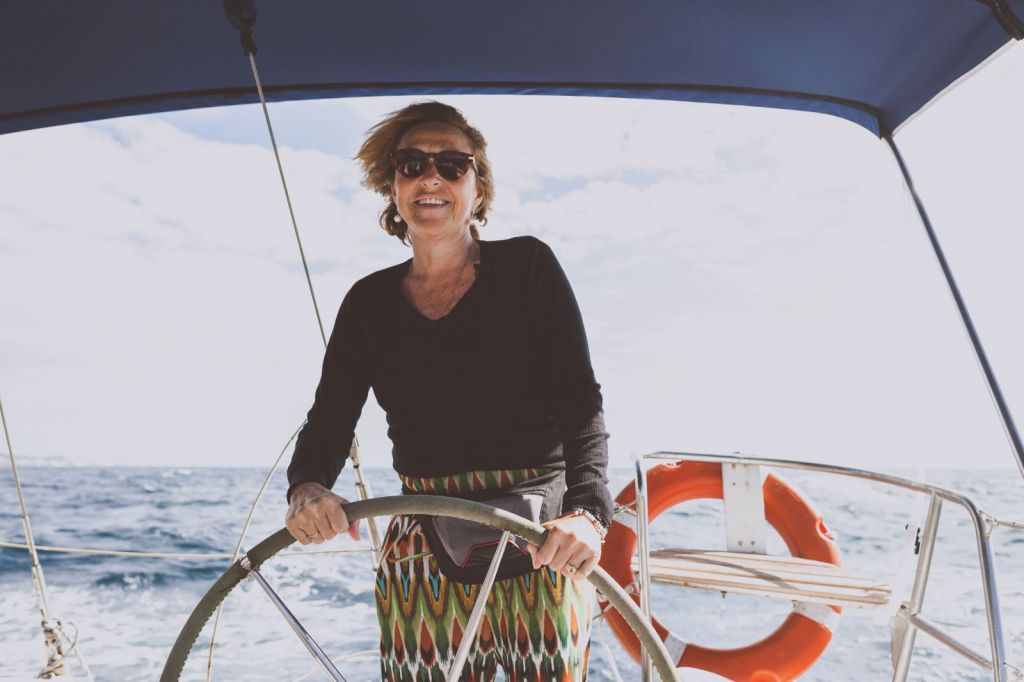
Solo Sailing
Solo sailing can be a very rewarding test of your seamanship and skills, and mastering those skills means you never have to rely on finding crew to go out for a sail. Whether you're single handing for an afternoon or soloing across an ocean, you'll want to configure your boat specifically for your single-handing needs.
You want ease of use
You have one pair of hands on board with you. There's nobody to hold a line or keep something from slipping, or guide something and keep it under control as you ease or lower it to the deck. It's all on you.
With that in mind, tasks on the boat need to be optimized for single-handed sailing. Everything from placing line clutches to where you store your winch handles has to be set up so you can do it or get to it without making a mess of the task you're doing, because you can't quite reach what you need.
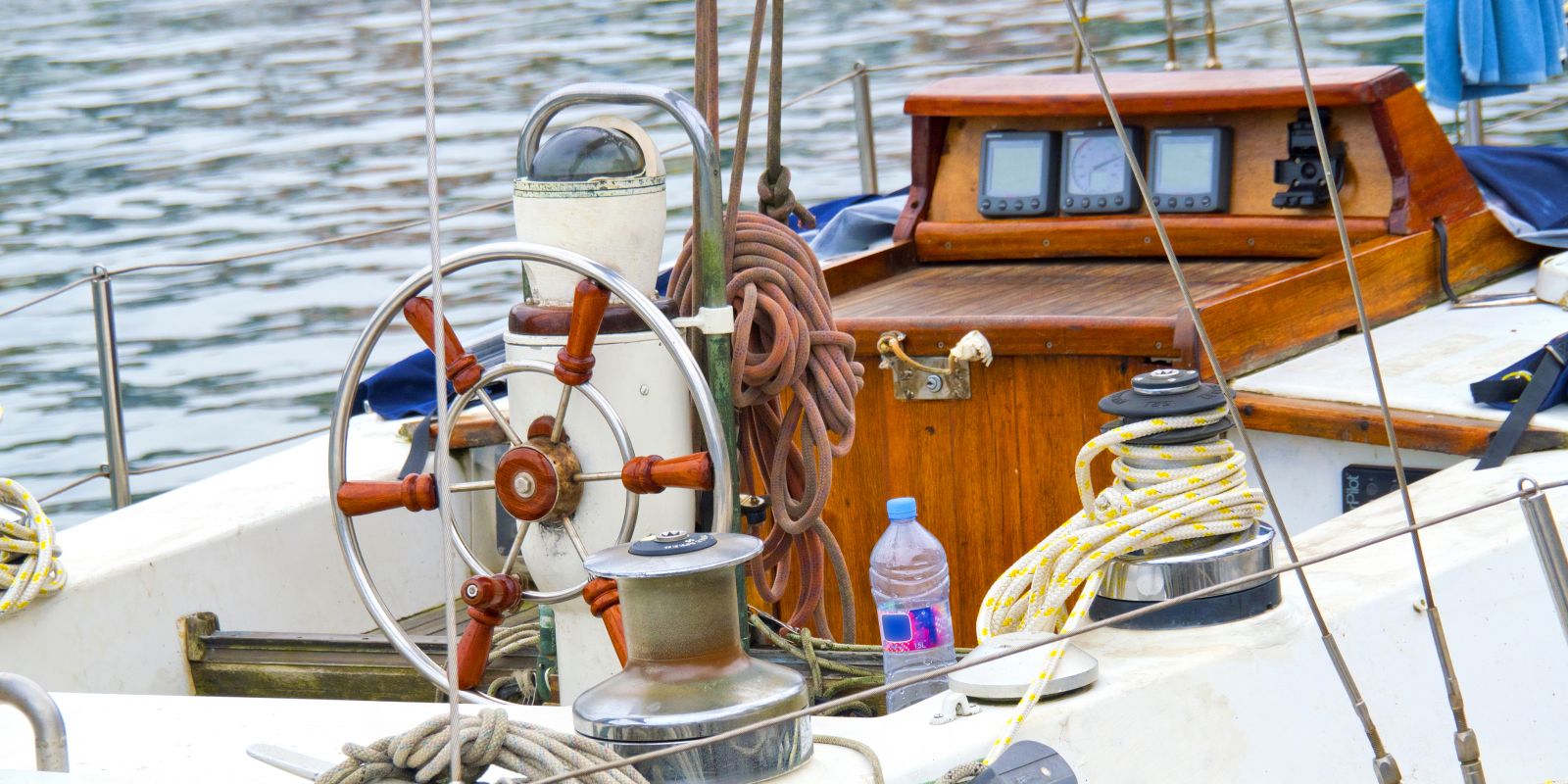
As you learn to sail solo, you'll figure out when you don't have enough hands and where you need to switch something up to make it work better when you're by yourself. But the key to all of this is simplicity. Simpler rigging and simpler sail handling make it easier for you to sail solo. Whether it's a choice of an asymmetrical spinnaker to replace a complex symmetrical kite or the installation of an autopilot, the simpler it is to use, the better.
Sailing safety through simplicity
If you get hurt sailing alone, you can get into real trouble, especially if you lose consciousness. And if you go overboard? There's a reason some solo sailors don't wear life jackets and tethers, because going overboard in the ocean alone is almost always fatal if your boat is under sail.
Directly tied to simplicity is safety. The easier a task is to do, the less chance you will have of making a mistake. Every task you can do without leaving the cockpit is one less change of falling on the deck or off the boat. Furlers and sail handling tools help, but a simpler rig with less to do means fewer chances for injury or mishap.
Part of your setup and equipment choice is driven by keeping you safe while you work, and letting you do as much as you can on the boat without exposing yourself to unneeded risks.
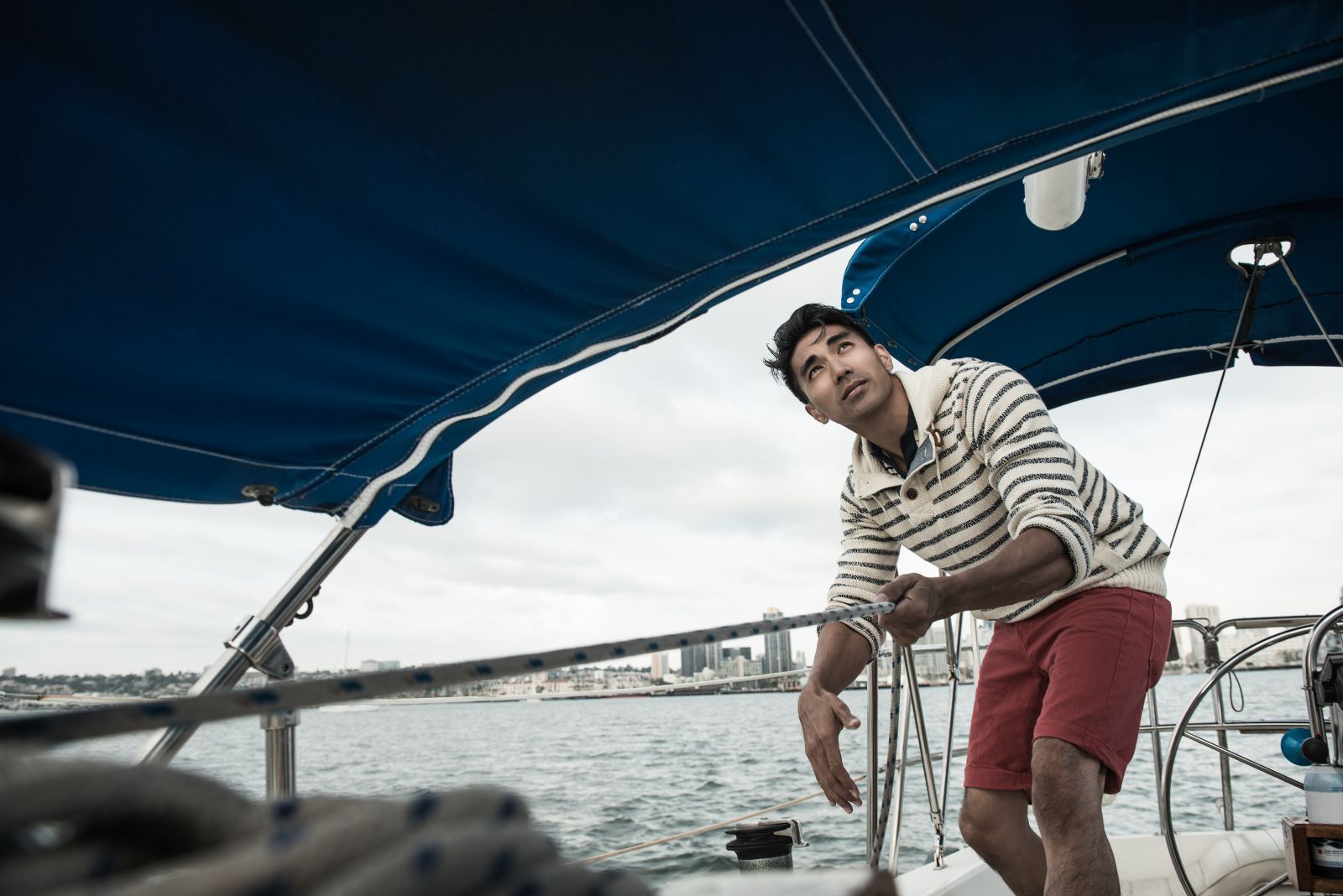
The Best Setup
No matter which rig type you end up with, if you're solo sailing you'll want to set the boat up for the easiest handling possible. When things go sideways, you'll want fewer lines and spars flying around to deal with.
Sail handling tools
You can set any boat up with a broad array of sail handling tools to make life for a solo sailor easier. A simple rig with no sail handling is a lot more work than a more complex rig with good equipment.
Furlers
Sails which furl don't have to be hanked on, fed in tracks, or hoisted, so every sail with a furler becomes a low-effort sail to set and douse single-handed. Sails with luff tracks are very tricky to hoist single handed, and even sails with hanks or sail tracks can be more work to set and douse than furled sails.
You can furl headsails, staysails, mainsails, and even mizzen sails. Though the latter is less common since mizzen sails can be quite small on yawls. They are available with manual furling, electric, and hydraulic options. While the last two give you push-button sail setting, smaller boats stick with a simpler, rope-driven system.
Mast furling isn't for everyone. When it works, it's a dream to use, but if there are malfunctions, it's difficult to get sails up and down. Whether in-boom or in-mast, there are tradeoffs, and for smaller boats, main furling is often avoided.
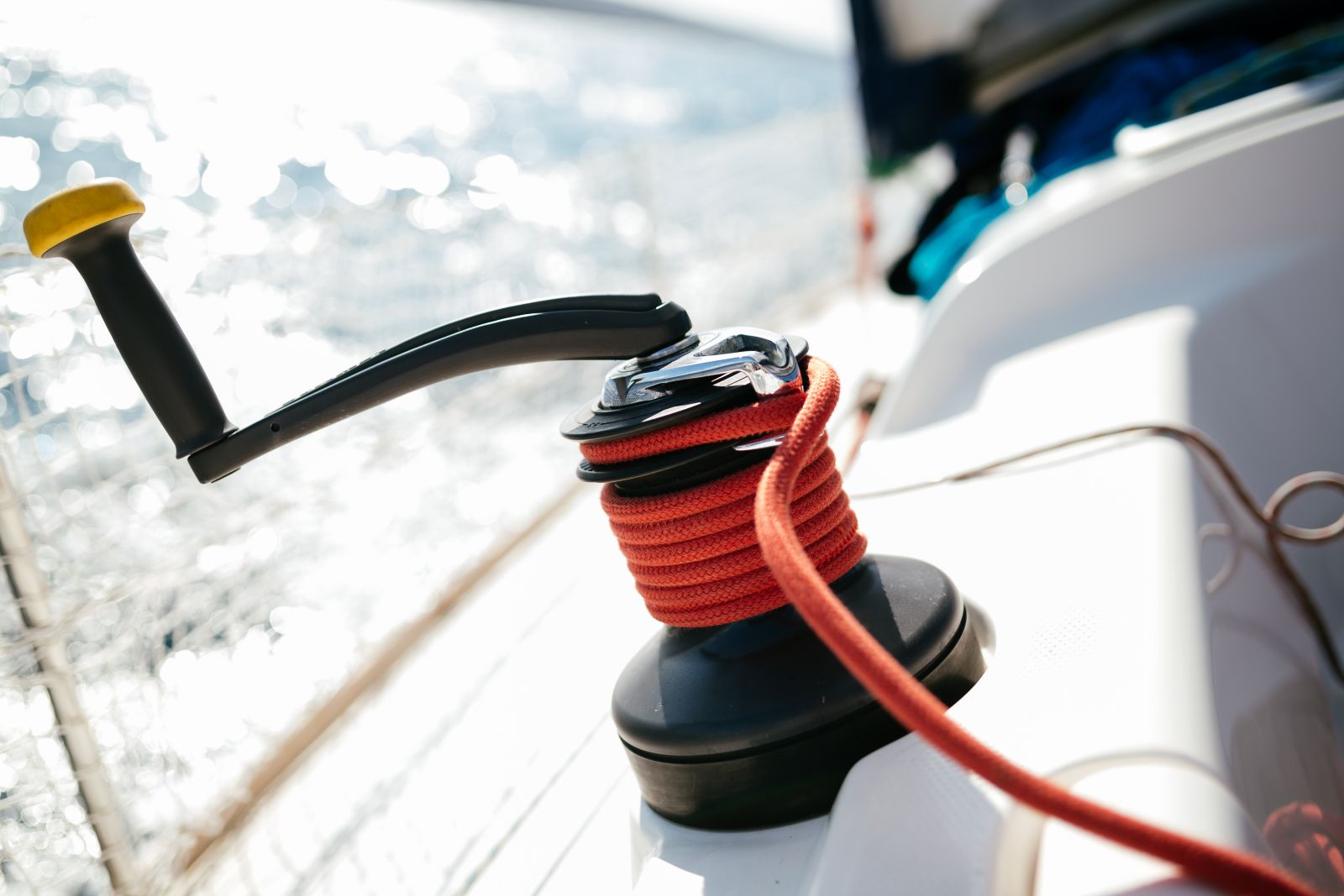
Convert your winches to self-tailing
A great way to free up your hands is converting your winches to self-tailing winches. There are kits you can easily install yourself, which are affordable too. To learn more, I recommend reading our article on converting your winches to self-tailing yourself.
Mainsail Handling
Stack packs, Lazy Jacks, and Dutchman are just a few of the mainsail control and flaking tools on the market. Their aim is to get the mainsail down in a manageable fashion, as close to flaked for storage as possible. They work differently, but any of them will keep the sail from billowing all over the deck when you drop the halyard, and let you tidy up the main quickly.
Mainsail tracks with track car systems make setting the sail simpler, since you can reliably haul them up and ease them down without binding or sticking. Some car sets are good enough so you can set the main from the cockpit.

Asymmetrical Spinnakers, Code Sails, Snuffers and Dousers
Asymmetrical spinnakers are simpler for off the wind solo sailing than symmetrical spinnakers. Newer "Code sails" are also popular for reaching, as these free-flying sails can be set with a light furler and give excellent performance in light air.
An asymmetrical spinnaker equipped with a "turtle" or "sock" sets and douses easily from the mast.
Short Handed Simplicity
You're looking for a rig which is simpler, even if it's a little less adjustable for better performance. If you want to fly a staysail, for example, it's better to pick a rig which doesn't make you use check stays with the staysail to support the rig. It's just one more step and one more thing to mess with every time you tack.
Other modifications can include simplified sheet car systems, vang and backstay controls run to the cockpit, self-steering wind vanes, autopilots, and strategically placed cam cleats and stoppers.
Picking a Rig
When you're solo sailing, you'll be busy with any sail changes you need to make. The more complex the rig, the more work to make sail changes. The bigger the sails, the higher the loads, and the more weight and force you'll need to apply to move sails on and off the rig.
While there's no one "best" rig for every sailor, there are distinct advantages and disadvantages to some of the more common rig choices for short handed sailing.

Sloops
The sloop rig is simple, with one mast and two sails. Most sloops lend themselves to furling on the sails, even on the main. A furling headsail coupled with a self-flaking main with a sail handling system makes for a pretty easy boat to sail shorthanded. On many sloops you can set, douse and reef the sails without leaving the safety of the cockpit.
The main disadvantage to the sloop rig compared to cutters and split rigs is the sails are typically larger.
Cutters
A cutter is like a single masted sloop rig, but with a permanent staysail inside the jib. The mast is moved back a bit to keep the forces centered, and the boat balanced against more sail area forward. The sails can be smaller, and high cut or "Yankee" style headsails are easy to manage, perform well, and give good visibility.
With furlers on both headsails, a cutter rig is not much different to set and manage sails with than a sloop. You have an extra set of sheets to manage during tacks and jibes, but you can simplify that with a self-tacking staysail. The cutter gives you additional sail options for storm sails and sail combinations for various conditions.
Cat Rigs
The cat rig is the simplest rig, and for that it is a one to consider. There's one big sail. No spinnakers or jibs. Common cat-rigged boats include the Wylie Cats and the Nonsuch. Off the wind, you just let out the sail and go, and upwind their performance is still quite efficient. Most have a wishbone-style boom to keep the sail trimmed and are simple to control. The rigs are also very simple, an most don't have any stays or wires holding the mast up. Lazy jacks and other sail handling systems are easy to install.
Don't confuse a "cat rig" or "Cat Boat" with a "catamaran." This is a monohull with a single sail.
The downsides are that you have one large sail. There are few options for sail combinations for varying conditions, and there aren't that many of them around.
Split Rigs (Ketches and Yawls)
A split rig can project more sail area with smaller sails. This works well for smaller crews or crews with less physical strength. But it adds some complexity - there's more to do setting the three or four sails than with two. But with good sail handling tools and help, a split rig can be an excellent choice for a solo sailor.
The advantages of smaller sails and lighter loads can't be understated, they are excellent performers on reaches, and you have the best options for sail combinations for all conditions. But they suffer going upwind compared to sloops, and you will have more sails and sail controls to handle for every operation.
Overview of all different rigs
If you want to learn more about the different rig types, for example what makes a cutter a cutter rig, I recommend checking our guide on rig types, which contains examples of each rig and diagrams of the sail plan.
Did you find the answer to your specific question?
👍 1 👎 3



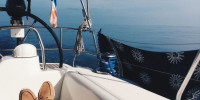
Leave a comment